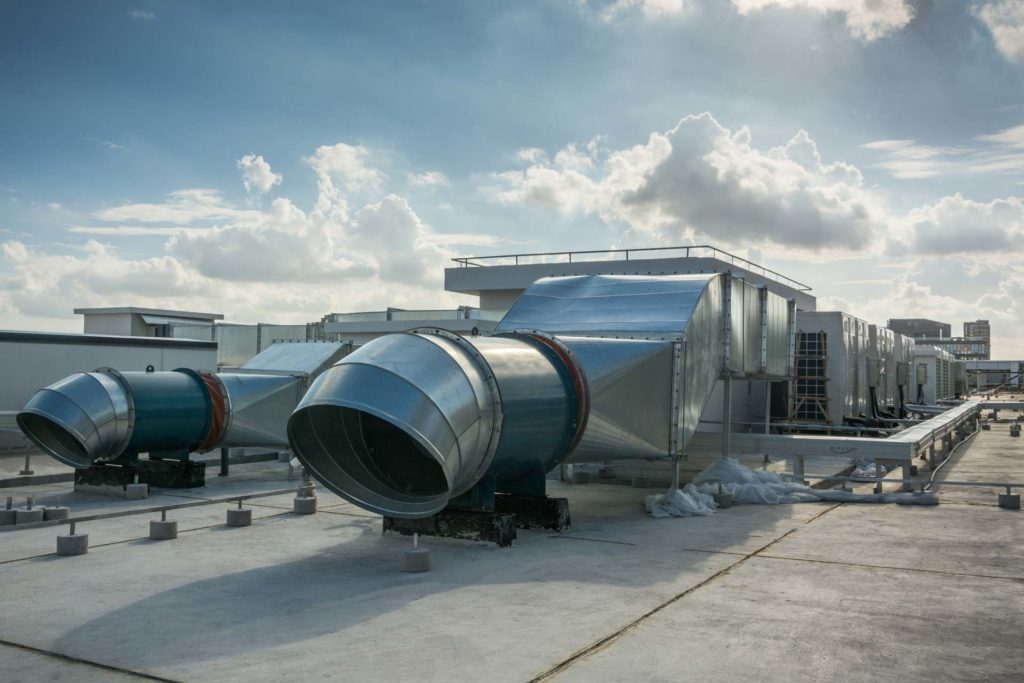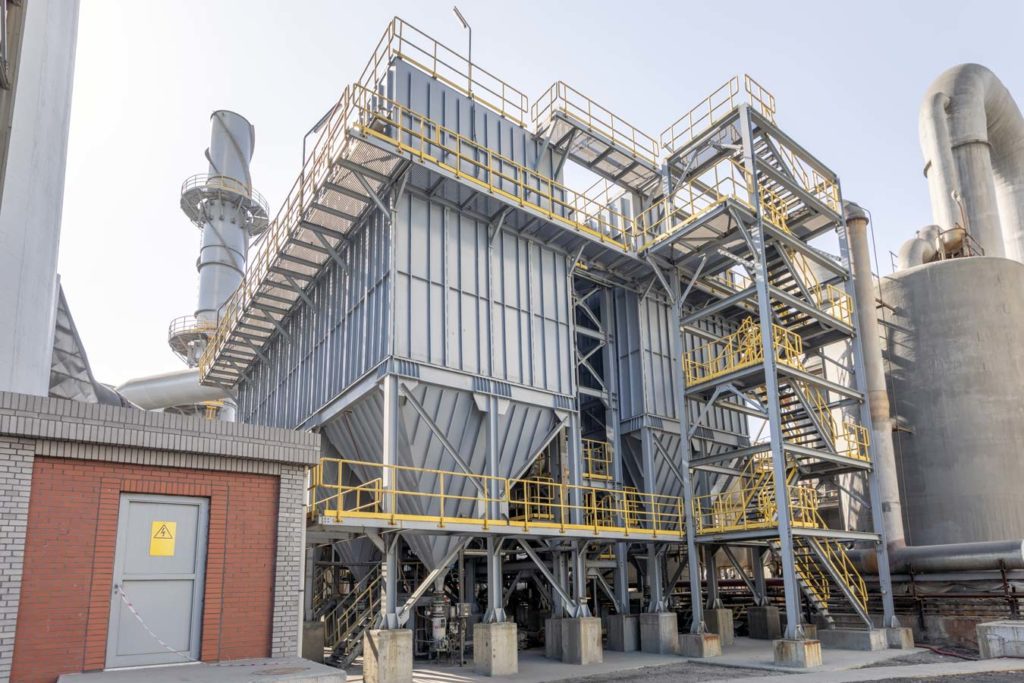Industrial dust collectors play a critical role in maintaining clean air, protecting workers, and ensuring compliance with environmental regulations. However, collector performance varies widely depending on how well they are maintained and optimized.
Focusing on dust collector efficiency can significantly lower costs, minimize downtime, and extend the life of your equipment.
Facilities that also meet industry benchmarks like ASHRAE Standard 199 can maximize their results while avoiding unnecessary expenses.
Why Dust Collector Efficiency Matters
Dust collector efficiency directly affects nearly every aspect of plant operations. When systems underperform, you risk higher emissions, expensive maintenance issues, and possible regulatory violations.
Poorly maintained collectors tend to consume more power, which increases operating costs and stresses your facility’s energy budget. Additionally, escaping dust particles can create unsafe working conditions and damage sensitive equipment.
Optimized dust collectors, on the other hand, deliver measurable benefits. They reduce emissions, lower energy consumption, and extend the lifespan of filters and system components.
This level of performance improves reliability, keeps maintenance costs in check, and supports a safer, more productive work environment.
Key Factors Affecting Dust Collector Efficiency
Various factors determine how well a dust collector performs. Efficiency is influenced by system design, the type of dust being collected, and ongoing maintenance practices. When these elements aren’t aligned, performance drops and energy use spikes.
Key components to monitor include:
- Air-to-cloth ratio: Operating outside the recommended range can reduce filter life and clog the system.
- Filter media selection: High-efficiency filters, such as pleated or PTFE-coated media, can increase capture rates and service life.
- Airflow and duct design: Poorly designed ductwork leads to pressure losses and uneven filter loading.
- Cleaning mechanisms: Pulse jet, shaker, or reverse-air systems must be calibrated to maintain filter efficiency.
When these components work together seamlessly, the entire dust collection system performs at its best.
How to Optimize Dust Collectors for Peak Performance
Optimizing dust collectors requires a multi-faceted approach that blends proactive maintenance, equipment upgrades, and employee training.
Each of these areas works together to maintain a consistent level of performance and reduce downtime.
Routine Maintenance Schedules
Regular inspections and timely filter replacements can significantly improve system performance. Facilities should:
- Seal any leaks in housings or ductwork.
- Check and replace worn gaskets.
- Inspect filters frequently and clean or replace as needed.
Following these practices keeps systems running at peak capacity and avoids costly downtime.
Upgrading Filter Media
Upgrading to advanced filter media can enhance filtration and reduce energy costs. When selecting filters, be sure to:
- Match the filter to the specific dust type being collected.
- Use pleated or PTFE-coated media for better performance.
- Confirm compatibility with the system’s cleaning mechanism.
Thoughtful upgrades to the filters themselves can boost efficiency and extend equipment life.
System Audits and Performance Monitoring
Routine system audits catch issues before they escalate. To keep your industrial dust collector working effectively, teams should:
- Use diagnostic tools to monitor pressure drop, airflow, and emissions.
- Conduct periodic audits to ensure systems remain within design parameters.
- Act quickly on audit findings to prevent costly failures.
This proactive approach helps maintain consistent performance by providing a baseline to measure improvements over time and helps facilities justify future dust collection investments.
Proper Operator Training
Operators play a vital role in system efficiency. They should be trained to spot red flags like:
- Rising pressure drop across filters.
- Visible or unusual emissions.
- Fluctuations in airflow or suction levels.
When staff can identify these issues early, they can take action before problems worsen. This approach makes it possible to keep your filtration system flowing smoothly at all times.
Understanding ASHRAE Standard 199 for Testing Performance
ASHRAE Standard 199 is the industry benchmark for evaluating dust collector performance. This standard, created by the American Society of Heating, Refrigerating, and Air-Conditioning Engineers (ASHRAE), measures:
- Particulate emissions during operation
- Energy efficiency and overall system performance
- Effectiveness of filter cleaning cycles
- Hopper performance and dust discharge efficiency
Meeting these standards means your system is operating at the highest level of safety, efficiency, and compliance.
Baghouse America designs equipment to meet or exceed these rigorous criteria so you can have complete confidence in your dust collection systems.
Common Mistakes That Reduce Dust Collector Efficiency
Even well-designed systems can underperform if common mistakes aren’t addressed. Facilities should avoid:
- Ignoring air leaks in housings or ductwork.
- Using filter media that is unsuitable for the dust being collected.
- Skipping preventive maintenance schedules.
- Operating collectors outside recommended air-to-cloth ratios.
Fixing these issues proactively can dramatically improve efficiency and extend the life of your equipment.
Partner With the Experts at Baghouse America for Long-Term Results
Partnering with a trusted expert like Baghouse America is the fastest way to optimize your dust collection systems.
Our team offers system audits, equipment upgrades, and tailored consulting to help you lower operating costs, maintain compliance with strict regulations, and extend filter and system life.
Contact Baghouse America today for a complete system evaluation and expert guidance on improving dust collector efficiency.

